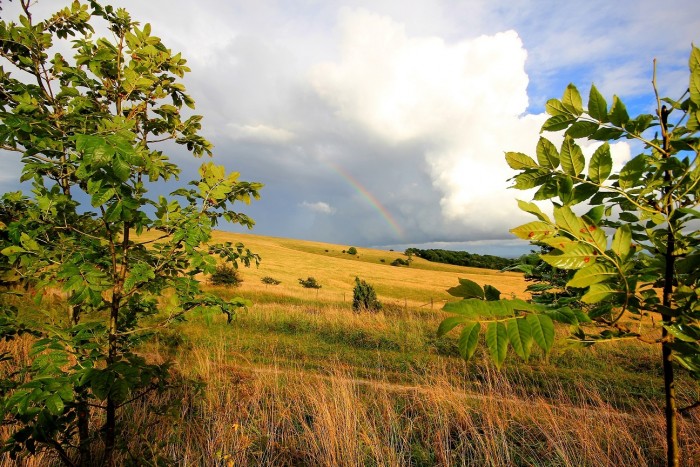The Trundle Folklore
June 9, 2016
One of the best known landmarks of the South Downs is the Trundle, an Iron Age hillfort standing three miles from Chichester.
The folklore that surrounds this historical monument tells tales of buried treasure in the form of a golden calf, protected by the devil.

The first reference to treasure being buried at the Trundle can be traced back to Brewer’s Dictionary of Phase and Fable in 1870, which stated that “Aaron’s Golden calf is buried in Rook’s Hill” – Rook’s Hill being the name of the hill as a whole. At the time the people of Sussex wouldn’t have dared speak the devil’s name, instead referred to him as ‘He’.
According to the tale anyone attempting to find the golden calf would be thwarted. As soon as they caught sight of it there would be a clap of thunder and the calf would disappear. Archaeologists excavating the site in 1928 report hearing the legend still on the lips of the people living nearby in Singleton.
Other accounts of treasure hidden beneath the Trundle tell of gold buried by Vikings. According to folklore, before their battle at nearby Kingley Vale, the Vikings hid their treasure somewhere on the hill, with a ghostly calf to guard it. The legend goes that on some nights you can still hear the calf bleating as it roams the Trundle.
The theme of treasure is widespread in the folklore of the South Downs, the earthworks and Iron Age forts abound with stories of what lies beneath. Find out more about the folklore of the South Downs.

